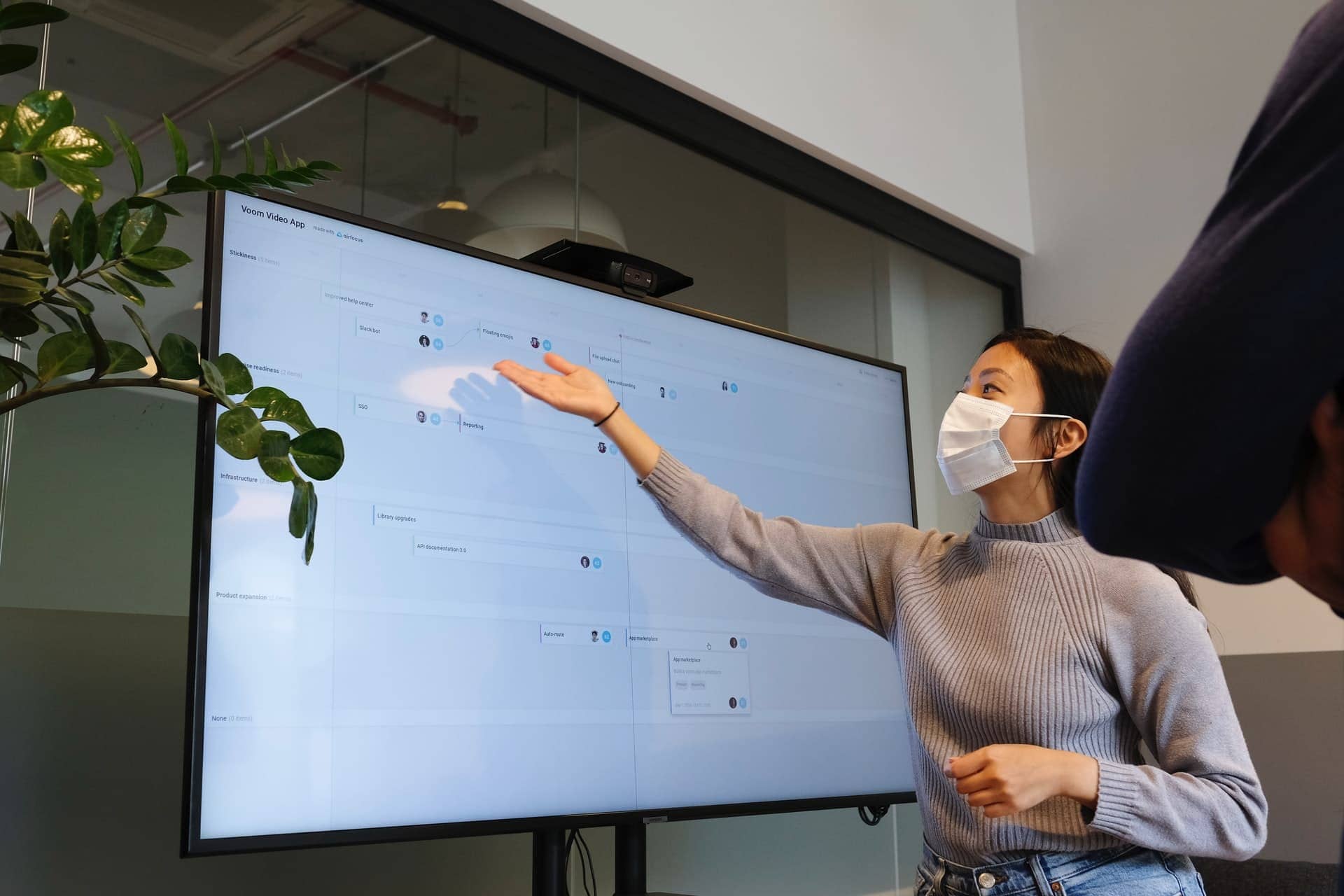Urban design trends in 2024 are going through an evolution shaped by a merging of technological advancements, economic shifts, and evolving societal needs. The rise of remote work resulted in an exodus from most downtowns when many had the option of working remotely. However, studies show a return or a desire to return to the city.
Planned cities, mixed-use developments, and live-work-play options attract generations of people who want to be in a tight-knit community with walkability. Mixed-use districts blend residential, commercial, and recreational spaces into cohesive, dynamic environments.
Let’s look at many of the key drivers and trends behind the urban evolution, including technology’s role, the importance of community-centric development, and the shift toward mixed-use developments.
Key Drivers Changing Our Cities
According to “The Return of the City” by Gensler Research Institute, urban living and the desired options for city-living are seeing a resurgence. However, prospective city dwellers are looking for different things.
- New working styles shaping urban design — With more people opting for flexible work arrangements, there’s a renewed focus on traditional office spaces. This shift has led to the reimagining of commercial districts, where office spaces are increasingly being repurposed for residential, retail, or community use. KBS’ Accenture Tower in Chicago exemplifies this by combining office space with retail, restaurant and entertainment options.

- Climate Resilience into Urban Planning — With the prioritization of green infrastructure over the past few years, sustainability has been at the forefront of responsible design. But now, there’s a honing in on climate resilience. According to Gensler, in Climate Action and Sustainability Trends to Watch, severe weather events are driving the need for resilient design that can withstand floods, storms, and heat waves at scale.
Technology in Urban Transformation
Technology permeates every part of our lives, and though innovations continue to reveal themselves at an exponential pace, the search for the next breakthrough to better everyone’s lives carries on. And the key to running urban areas in the future may depend on cutting-edge advances.
- Integration of Smart Technology — Smart technology may have the ability to revolutionize city infrastructures with enhance management and efficiency. From smart traffic lights that optimize the flow of a commute, to sensors that monitor air quality, technology is making cities more livable and sustainable. For example, the goal of smart grids and energy-efficient buildings is to create more sustainable energy use, while smart waste management systems streamline garbage collection and recycling processes.
- Influence of Artificial (AI) and Digital Advancements — The latest AI and digital technology are being integrated into smart technologies to make them even more efficient. AI-powered analytics give urban planners insights into traffic patterns, public transport usage, and population density, which enable more informed decision-making. Digital tools like Geographic Information Systems (GIS) and Building Information Modeling (BIM) have been supporting the planning and construction processes, allowing for more precise and efficient development.
Adapting Urban Centers to New Realities
As cities transform, so do their business districts. Live, work, play options may take over what used to be “the financial district” or the “tech hubs” to create more vibrant spaces where workers and residents will have more opportunities for quality interaction.
- Transformation of Traditional Business Districts — Previously established business districts are being transformed into vibrant, multi-use areas. This transformation creates a more livable urban environment that caters to a diverse population. By integrating different functions into a single area, cities can reduce commuting times, enhance local economies, and foster a sense of community.
- Redesigning Cities for Adaptability and Resilience — Cities are being redesigned to be more adaptable and resilient. Flexible building designs, adaptive reuse of existing structures, and incorporating green spaces are key strategies in this effort. Urban planners focus on creating environments that can quickly respond to changing needs, whether due to demographic shifts, economic fluctuations, or environmental challenges.
The Shift Toward Mixed-Use Developments
As we recently explored in, “The Rise of Mixed-Use Environments,” combining residential, retail, entertainment, office and event space in a single location is a highly desirable option for current and would-be city dwellers. The following concepts explore how mixed-use is progressing even further.
- Broader Goals of Urban Evolution — Mixed-use developments may become central to the continuing urban evolution. They promote sustainability by reducing the need for long commutes, support local economies by attracting diverse businesses, and enhance the quality of life by creating active, livable neighborhoods. Integrating residential, commercial, and recreational spaces helps foster a sense of community and provides residents with access to essential services and amenities.
- Successful Mixed-Use Projects — These projects exemplify modern urban development trends. KBS’ Park Central Apartments in downtown Raleigh, North Carolina, for instance, offers luxury high-rise living with curated amenities developed from the ground up. The property has 286 luxury residential apartment units and ground-floor retail space with more than 40 restaurants and 80 retailers, banks, pharmacies, salons, a 24/7 grocery store, a fitness center, and a movie theater.

Community-centric development and the transformation of traditional business districts are creating more equitable and adaptable urban environments. Mixed-use developments, exemplified by projects like Accenture Tower, are at the forefront of this transformation, supporting the broader goals of sustainability, inclusivity, and resilience. As urban areas continue to evolve, these trends may play a crucial role in shaping the cities of the future.
Learn more about our featured properties by visiting Accenture Tower or Park Central Apartments.




